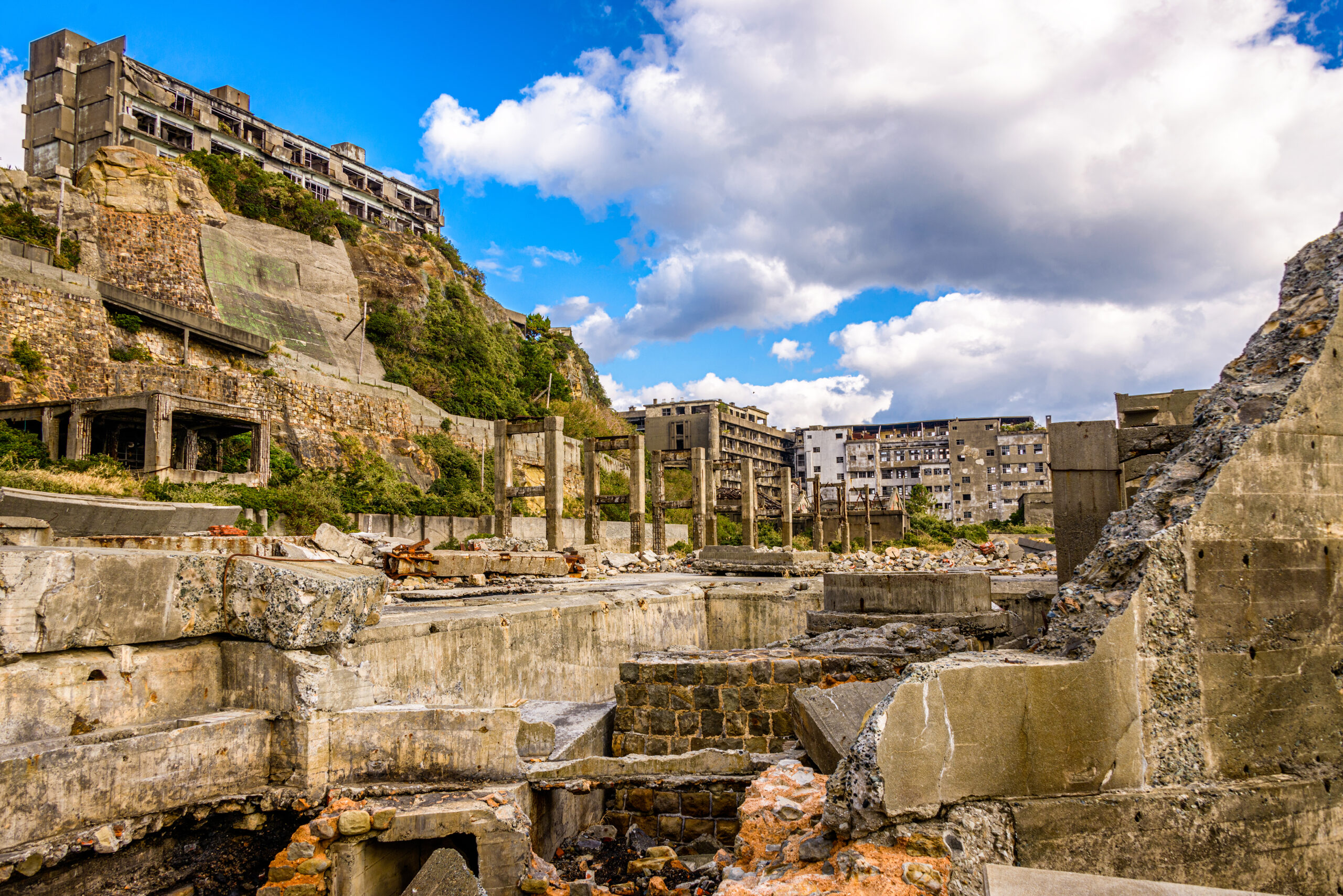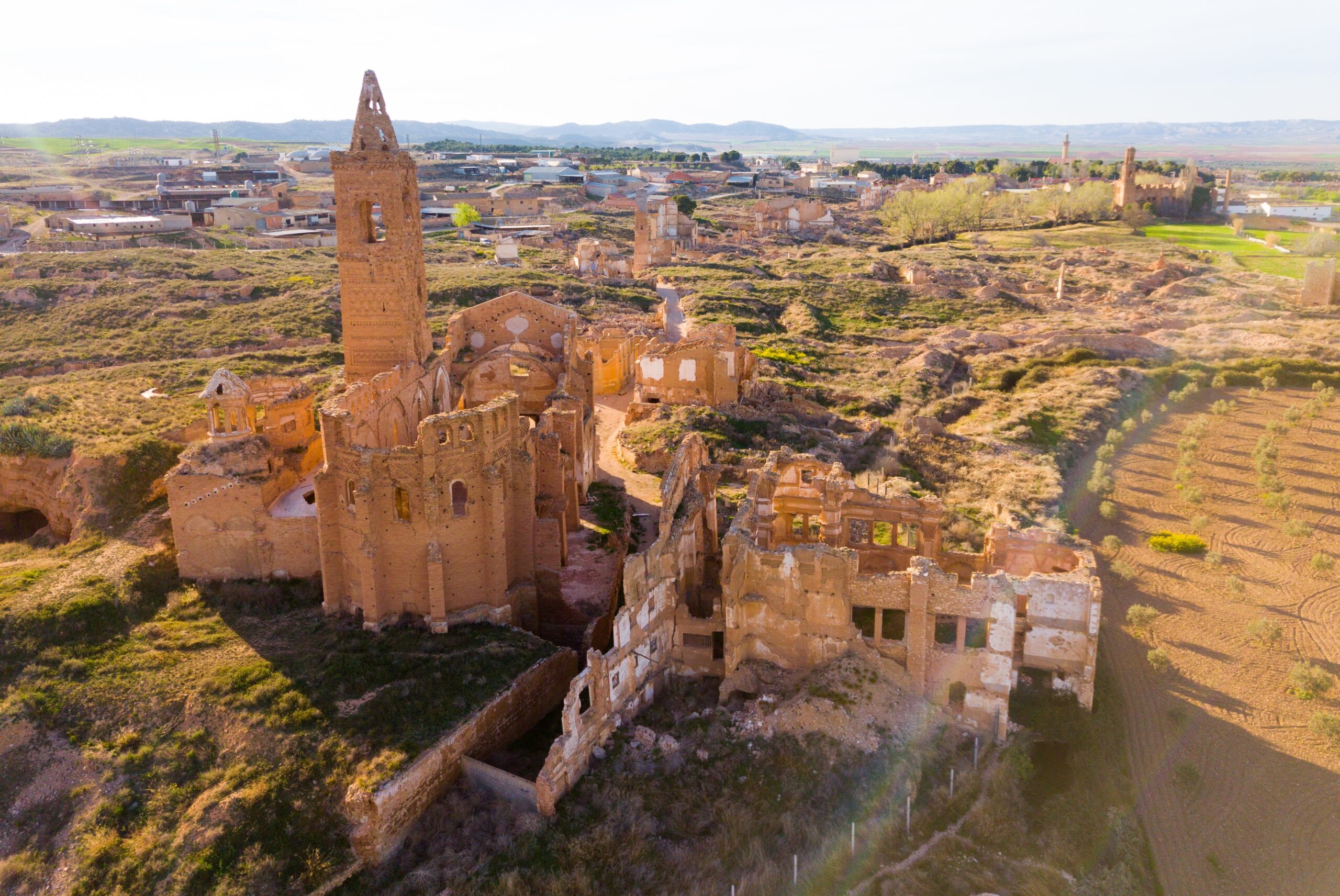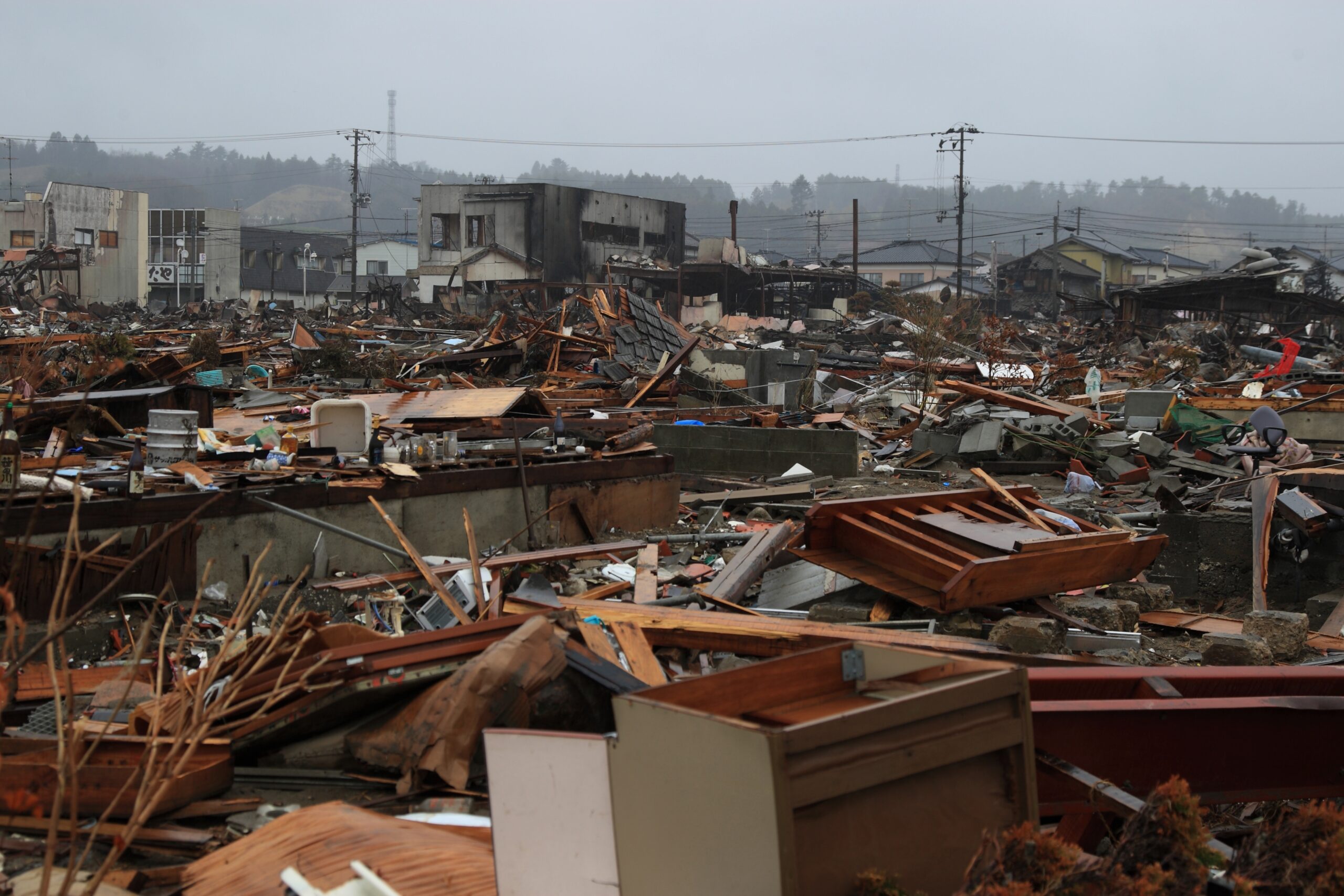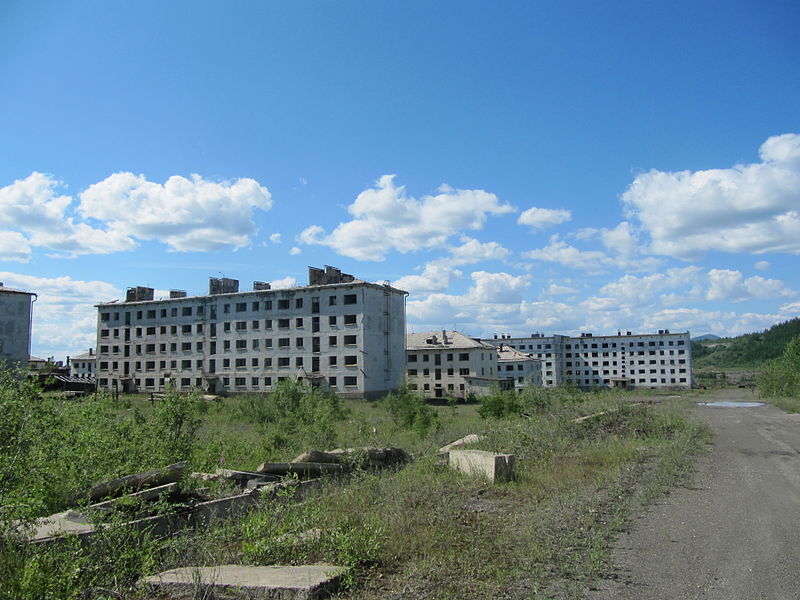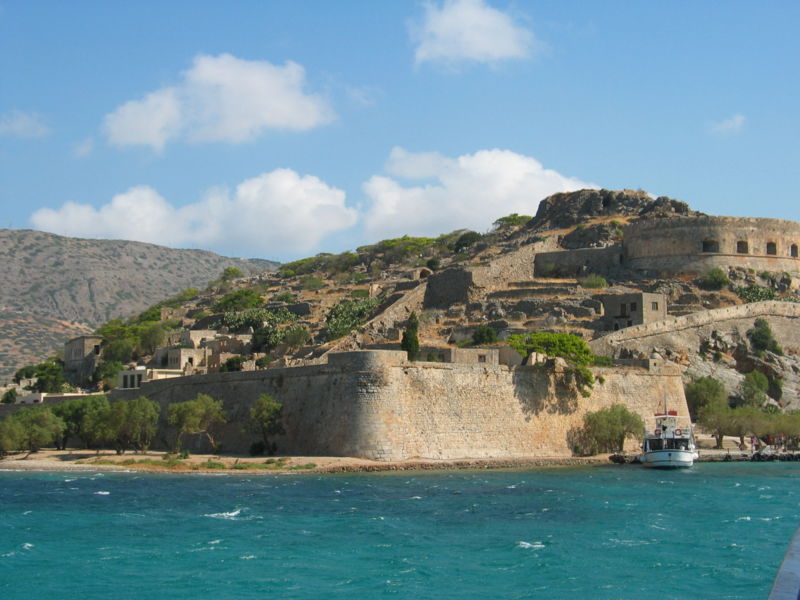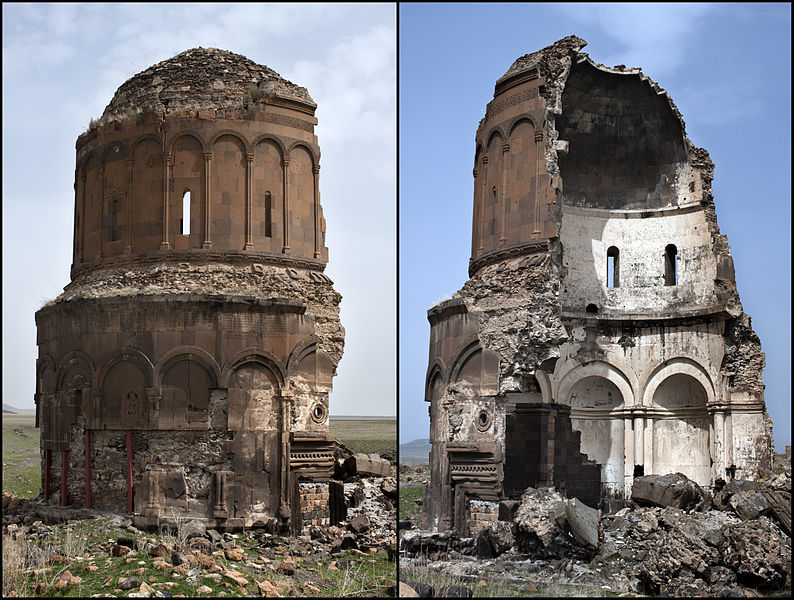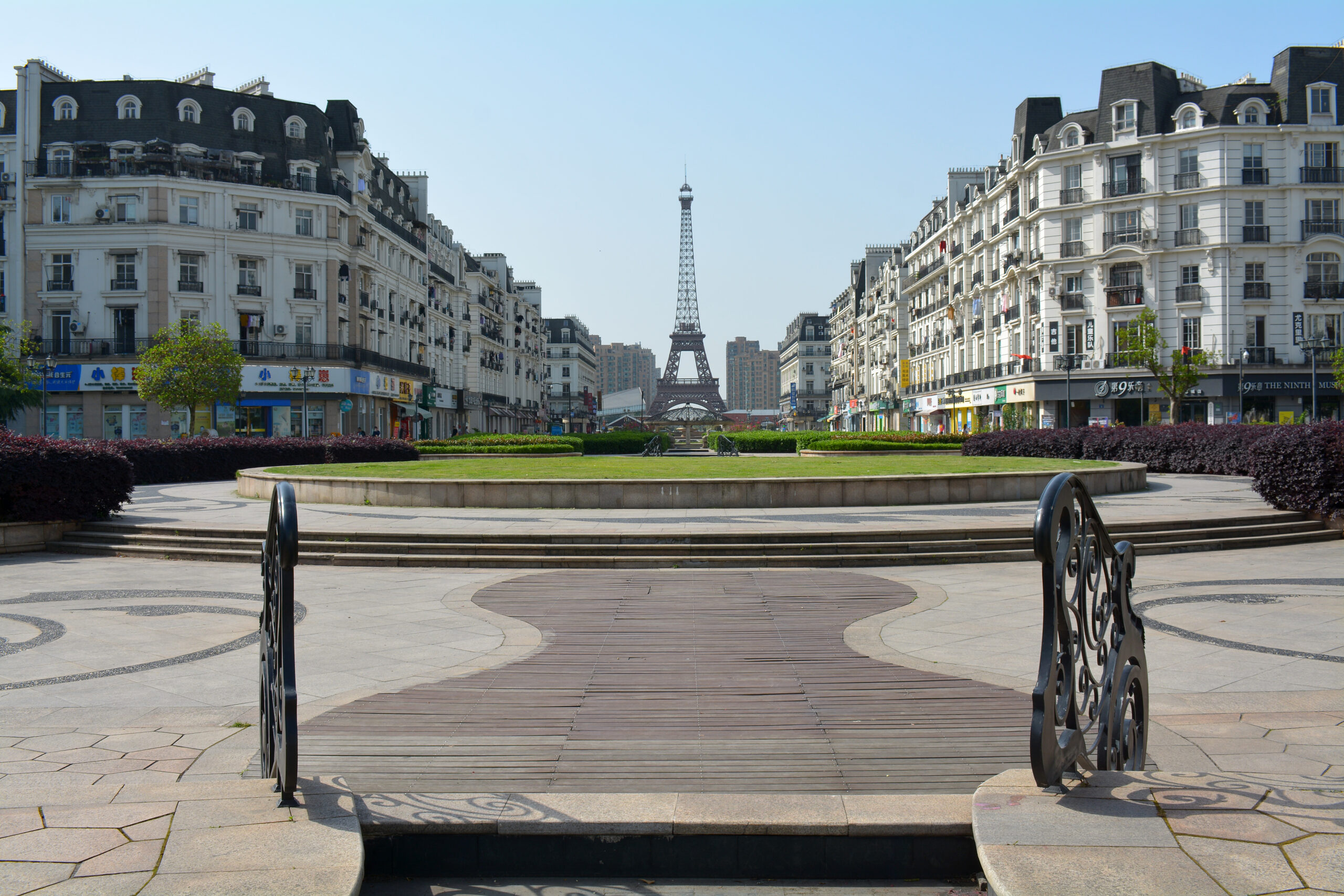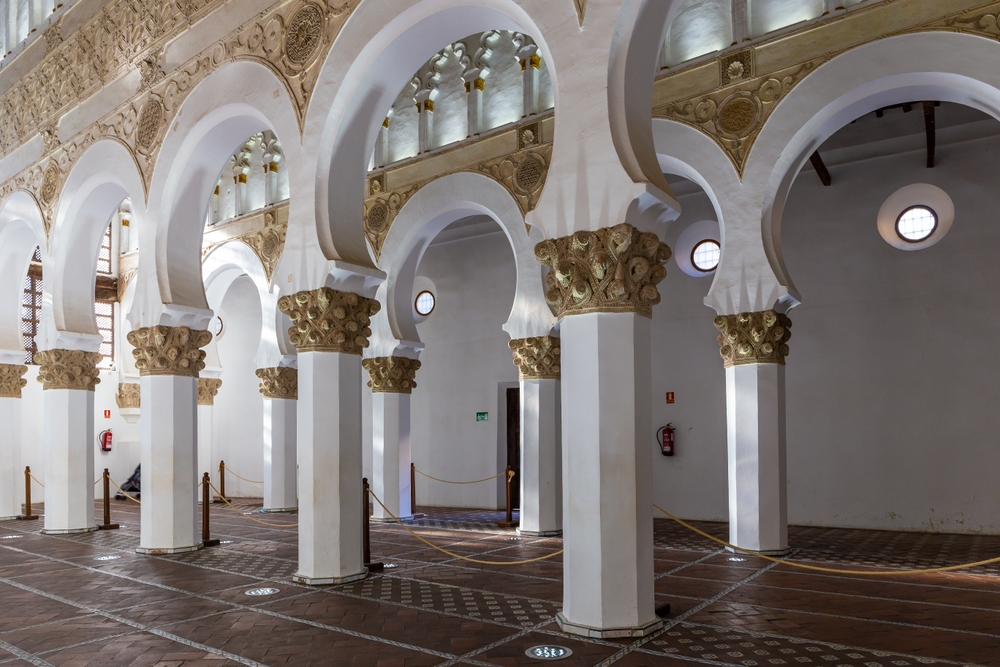Many places around the world were once filled with life, culture, and community, only to be abandoned and left to the elements. These once-thriving hubs—ranging from mining towns and resort cities to bustling trade centers—now stand as quiet witnesses to history. Some were deserted due to natural disasters, while others fell victim to economic shifts or tragic events. Visiting these sites today offers a unique glimpse into the past, where untouched artifacts and crumbling structures reveal stories of ambition, hardship, and sudden change. Each of these abandoned places holds an eerie beauty, reminding us of how quickly fortunes can shift and communities can disappear.
Hashima Island, Japan
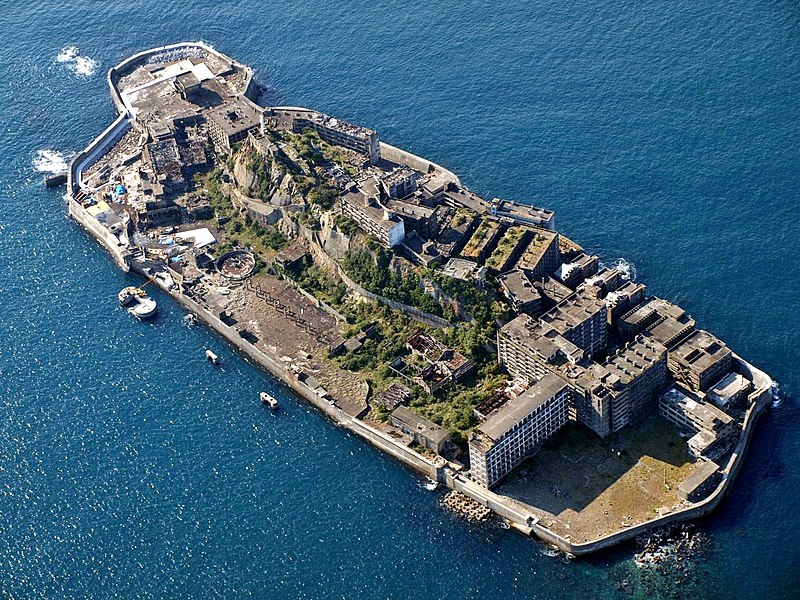
Once a bustling center of coal mining activity, Hashima Island off the coast of Nagasaki thrived with workers and families. Known as “Battleship Island” for its shape, it housed over 5,000 residents during its peak in the 1960s. Schools, movie theaters, and homes filled the small island, creating a self-sustaining city on the water. However, with the decline of coal as Japan shifted to oil, the island was abandoned in 1974. Left to the elements, Hashima’s buildings have crumbled, yet they stand as haunting reminders of Japan’s industrial past. In recent years, tourism has slightly revived interest, but it remains mostly uninhabited. Its eerie, decayed structures even inspired scenes in the James Bond movie Skyfall.
Pripyat, Ukraine
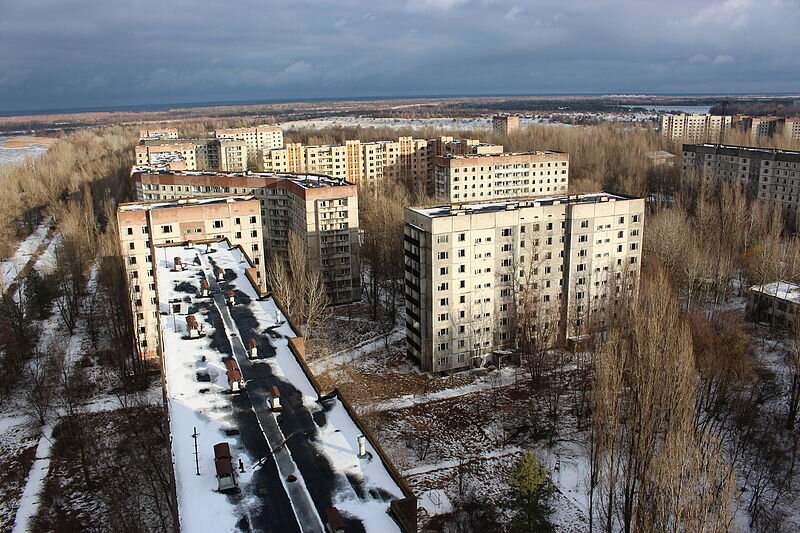
Established in 1970 to house Chernobyl Nuclear Power Plant workers, Pripyat was a vibrant city with cinemas, schools, and parks. The town was evacuated swiftly after the 1986 nuclear disaster, leaving belongings and memories frozen in time. Today, Pripyat’s ferris wheel, classrooms, and apartment blocks are eerie relics of a thriving community brought to an abrupt halt. Nature has since reclaimed much of the land, with trees and plants overtaking the concrete structures. Despite the risks, Pripyat attracts curious visitors on controlled tours. The city’s decayed beauty offers a poignant glimpse into life in Soviet Ukraine. It remains a haunting symbol of nuclear catastrophe and abandoned dreams.
Bodie, California, USA
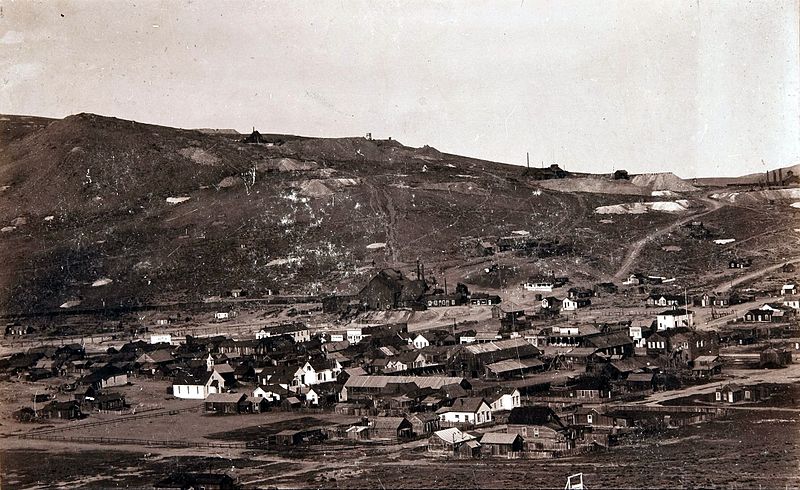
Bodie was a booming mining town during the California Gold Rush in the late 1800s, drawing people with hopes of fortune. At its peak, the town boasted numerous saloons, a jail, and even a Chinatown. However, as the mines dried up, residents began to abandon Bodie by the early 1900s. Fires devastated much of the town, hastening its descent into decay. Today, Bodie is preserved as a ghost town and historic state park. Tourists can explore its silent streets and peer into dusty windows. The town’s remains provide a rare look into a bygone era of American history.
Varosha, Cyprus
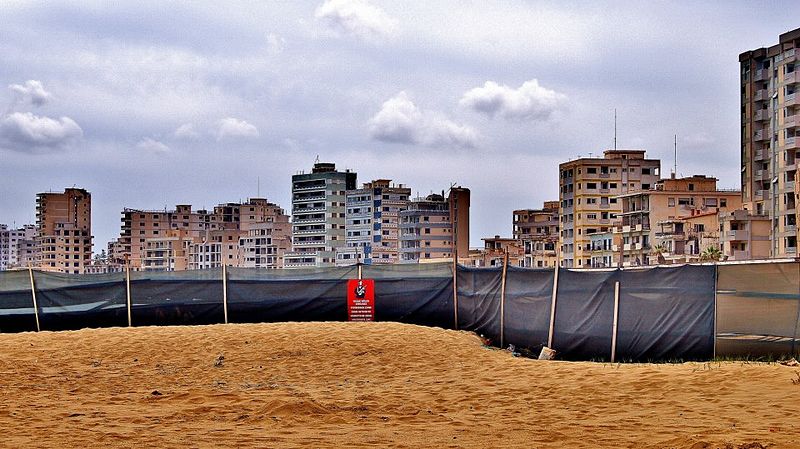
Varosha, a once-thriving tourist district in Famagusta, Cyprus, was known for its luxury hotels and stunning beaches. This glamorous area was a favorite of celebrities in the 1970s, attracting the likes of Elizabeth Taylor and Brigitte Bardot. In 1974, however, the Turkish invasion led to the sudden evacuation of Varosha, leaving it a fenced-off ghost town. Shops remain filled with 1970s fashion, and homes hold untouched belongings from the last residents. Over the decades, nature has slowly overtaken the abandoned buildings, creating a surreal mix of urban decay and vegetation. Recently, Varosha was partially reopened, but much of it remains frozen in time. It stands as a silent witness to Cyprus’s divided history.
Craco, Italy
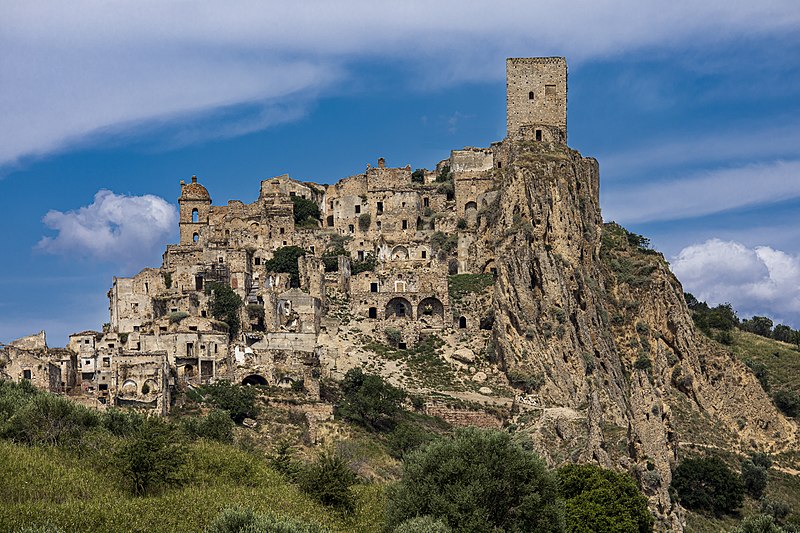
Perched on a rugged hilltop in southern Italy, Craco was once a thriving medieval village with a rich cultural heritage. Known for its beautiful architecture and strategic views, it was home to farmers and artisans. Landslides and earthquakes, however, forced residents to gradually abandon the village in the 20th century. Eventually, in the 1960s, Craco was left entirely deserted. Its ghostly, crumbling buildings now attract tourists and filmmakers. The ancient, haunting ruins are a favorite backdrop for historical dramas and apocalyptic films. Craco remains a testament to Italy’s rural past and natural beauty.
Kolmanskop, Namibia
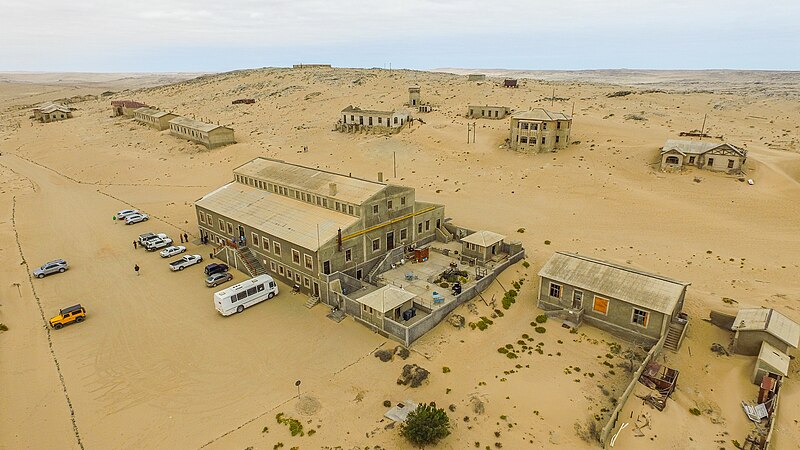
In the early 1900s, Kolmanskop was a bustling diamond mining town in Namibia, where German settlers built lavish homes and facilities. Despite being in the middle of the desert, the town had a hospital, school, and even a ballroom. Over time, however, diamond resources dwindled, leading to Kolmanskop’s abandonment by the 1950s. Now, sand fills its once-grand structures, creating a unique blend of natural and human landscapes. Tourists are drawn to the surreal sight of sand-drifted homes. The town’s faded splendor stands in stark contrast to the harsh Namibian desert. Kolmanskop remains a silent monument to the fleeting nature of wealth.
Kayaköy, Turkey

Kayaköy, originally a bustling Greek town, was home to a close-knit community of artisans, farmers, and traders. Following the Greco-Turkish War and population exchange in 1923, the residents were forced to leave, abandoning their homes and way of life. Stone houses, churches, and schools stand empty yet remarkably well-preserved. With walls still bearing religious murals, the village is a haunting blend of beauty and sorrow. Today, Kayaköy is a historic site, reflecting the cultural shifts that redefined Turkey in the 20th century. Tourists wander through the silent streets, imagining the lively community that once thrived there. It remains a poignant reminder of displacement and lost traditions.
Centralia, Pennsylvania, USA
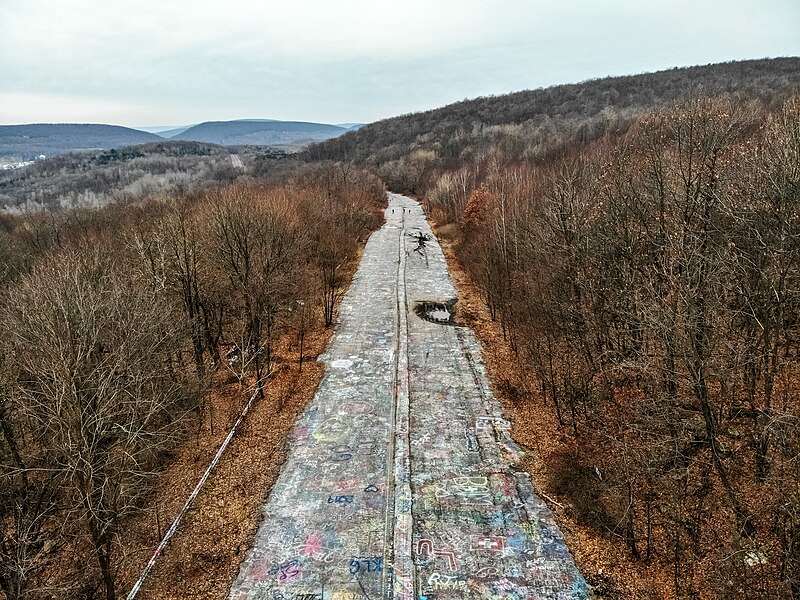
Centralia was a coal-mining town until an underground fire in 1962 ignited the coal seams below it. The fire, which still burns today, made the ground unstable and toxic gases deadly. Residents were gradually evacuated, leaving behind a near-empty town with smoke rising from the cracks in its streets. The once-active main street now lies deserted, with graffiti and the remnants of homes slowly decaying. Despite its ghostly landscape, a few residents have resisted relocation. Centralia’s story remains a chilling example of industrial disaster and its lasting impacts. Visitors often come to witness the smoke-filled terrain and the eerie, abandoned homes.
Fordlândia, Brazil
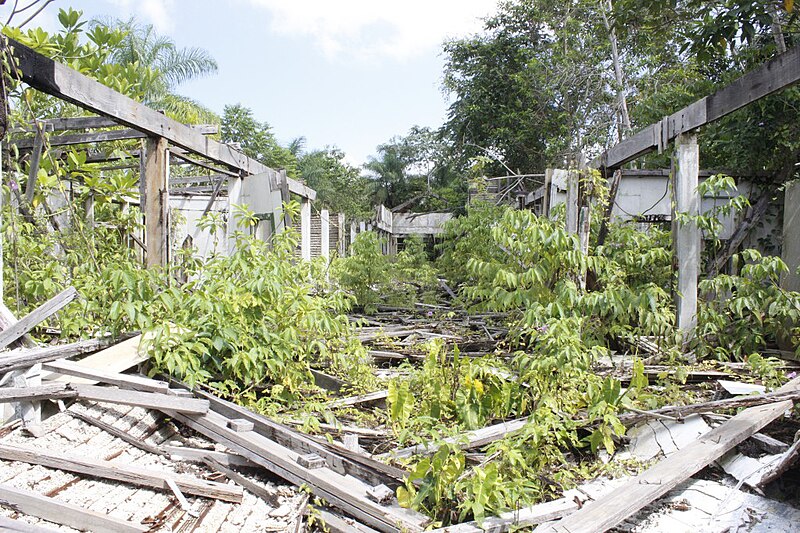
Established by Henry Ford in the 1920s, Fordlândia was meant to supply rubber for Ford’s car production. Ford envisioned a self-sustaining American-style town, complete with homes, schools, and a hospital. However, the project was plagued by poor planning and resistance from local workers. By the 1930s, Fordlândia was abandoned as a failure, with its infrastructure left to decay. Today, rusting equipment and dilapidated buildings are all that remain. Fordlândia has become a symbol of overreach and cultural misinterpretation. The town is now an isolated reminder of Ford’s ambitious but flawed vision.
Plymouth, Montserrat

Plymouth was once the vibrant capital of Montserrat, filled with colorful markets, government buildings, and a bustling harbor. However, in 1995, the Soufrière Hills volcano erupted, burying much of Plymouth under volcanic ash and mud. The city was evacuated, leaving a frozen snapshot of daily life coated in ash. Buildings lie partially submerged, with streets and homes eerily preserved. Nature has gradually overtaken the ruins, turning Plymouth into a volcanic wasteland. Though off-limits, the city draws adventurous visitors eager to glimpse this modern-day Pompeii. Plymouth’s ghostly remains tell the tragic story of nature’s overpowering force.
Rhyolite, Nevada, USA

Once a thriving mining town, Rhyolite grew rapidly during the early 20th century Gold Rush, boasting hotels, banks, and even a stock exchange. By 1916, however, the mines were depleted, and residents abandoned the town in search of new opportunities. Rhyolite’s concrete skeletons now lie in stark contrast to the surrounding Nevada desert. The iconic “Bottle House,” made from hundreds of glass bottles, remains one of its most unique structures. Today, Rhyolite is a popular ghost town, attracting visitors and artists. It offers a fascinating glimpse into the fleeting nature of mining towns. The town’s weathered ruins are a haunting testament to the Gold Rush’s impermanence.
This article originally appeared on Rarest.org.
More From Rarest.Org
Synagogues have served as essential centers of Jewish worship, community, and cultural life for thousands of years. Many of the worldâs oldest ones hold unique stories, revealing the resilience and adaptability of Jewish communities across different regions and eras. Read more.
Nature is full of surprises, from familiar landscapes to the sky’s endless wonders. However, some natural events are so rare and perplexing that even scientists struggle to explain them. Read more.
The largest companies in the world today are giants in technology, finance, and energy, each with a unique history and substantial influence on global markets. These companies are ranked by market value, which reflects not only their financial success but also their impact on various industries and everyday life. Read more.

